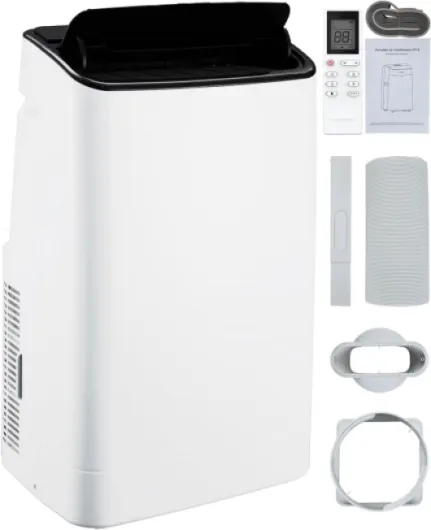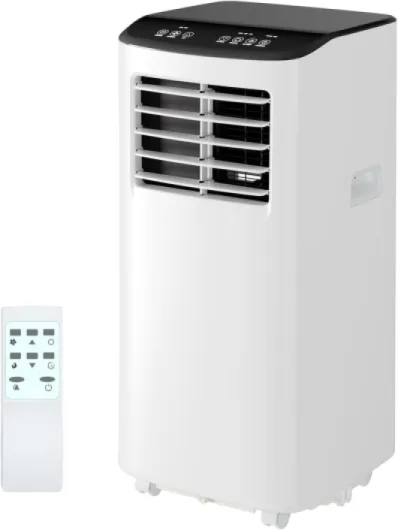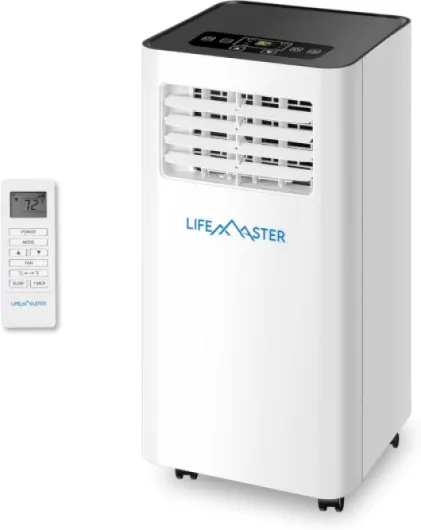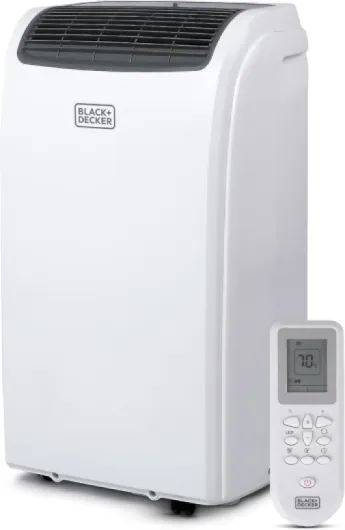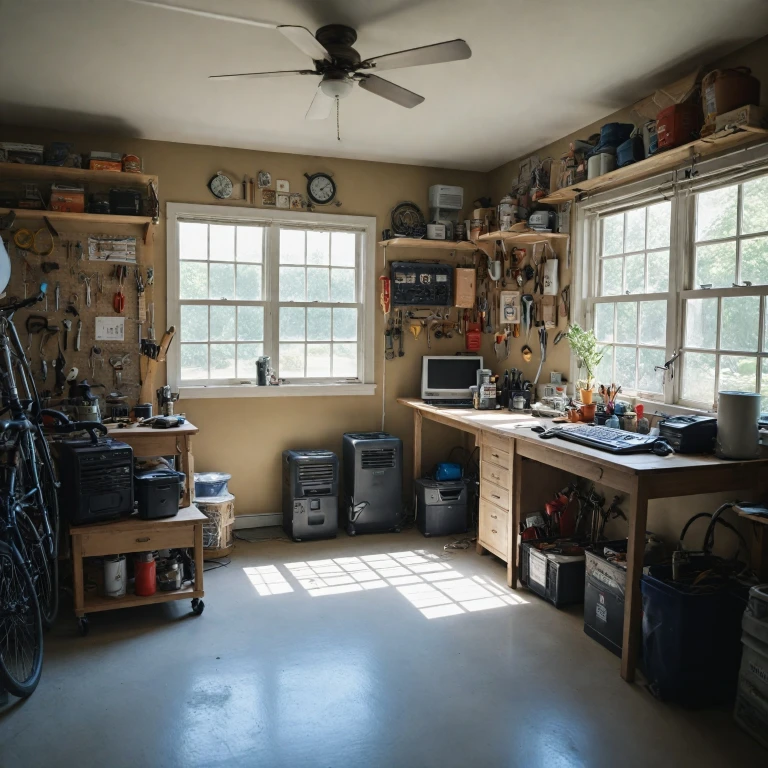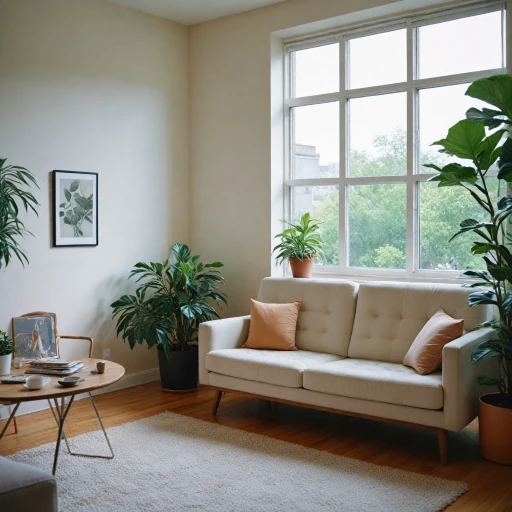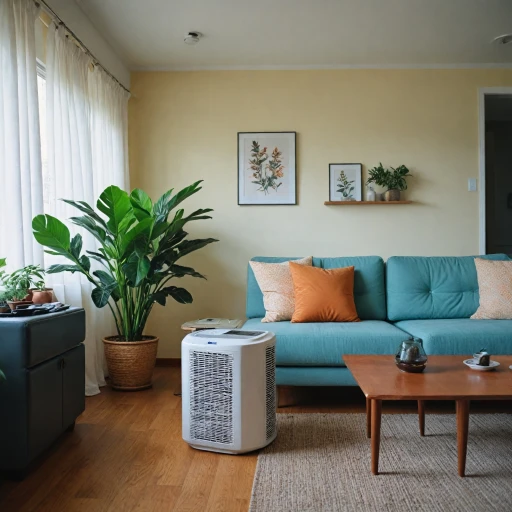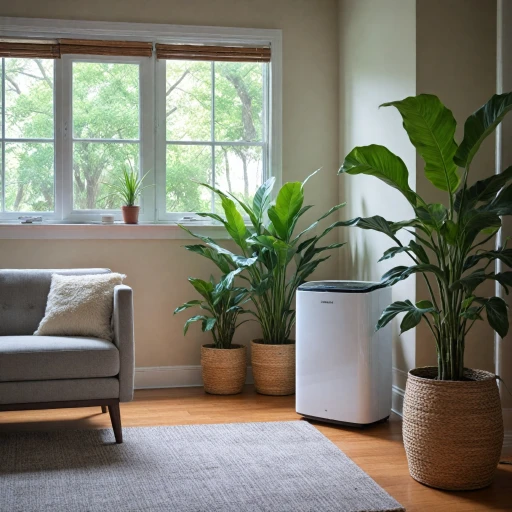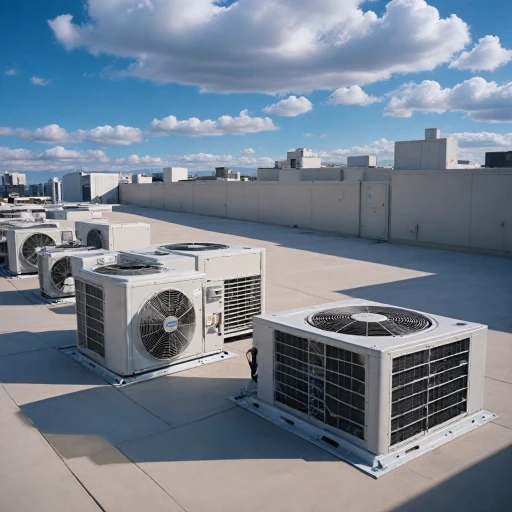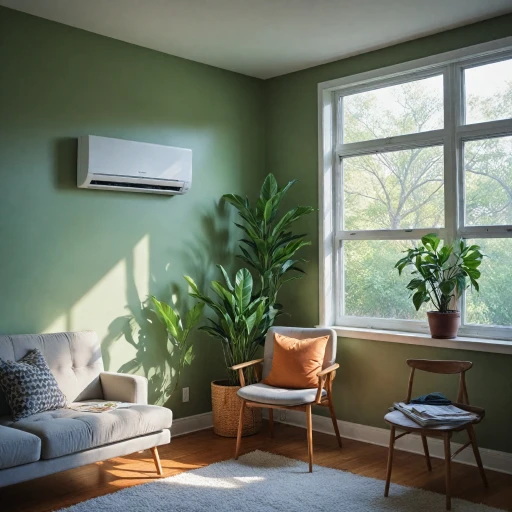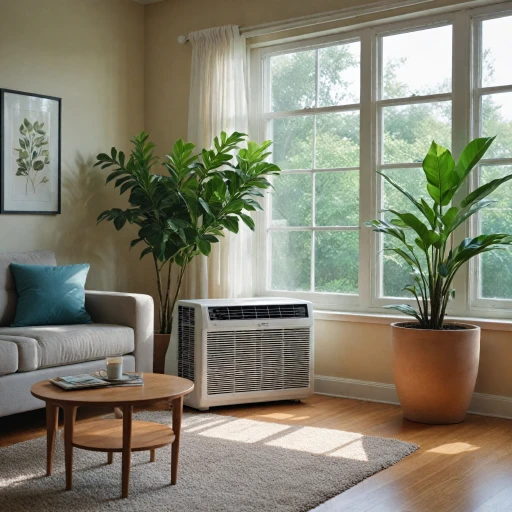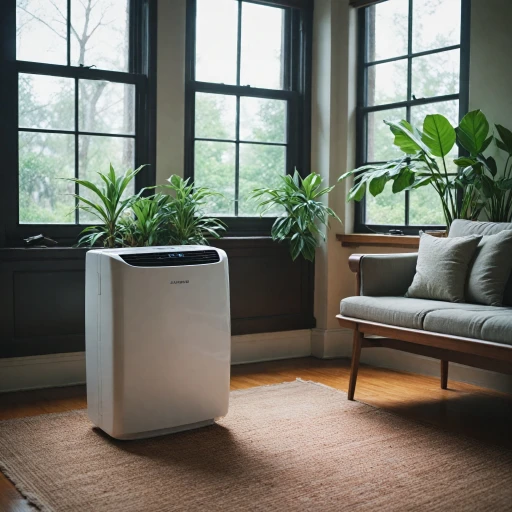
Understanding Your Garage Cooling Needs
Evaluating Your Space and Cooling Needs
Understanding your garage cooling needs is the first step in choosing the right portable air conditioner. Garages can become extremely hot, especially during the summer months, making it essential to find an effective cooling solution.- Size of the Garage: Consider the size of your garage. A larger space will require a unit with a higher BTU (British Thermal Unit) rating to ensure efficient cooling. For a comprehensive understanding of BTU requirements, you might find it useful to explore more about choosing the best air conditioner for your space and climate. Learn more.
- Garage Insulation: Assess the insulation of your garage. If your garage walls and door have poor insulation, you may need a more powerful unit to maintain a cool environment.
- Garage Usage: Determine how you use your garage; whether it's a workshop, gym, or storage space. Different purposes might require different cooling strategies to ensure comfort for all members using the space.
Types of Portable Air Conditioners
Exploring Portable Air Conditioning Options
When considering air conditioning solutions for your garage, it's essential to understand the various types of portable air conditioners available. Each type has its distinct advantages and is tailored to different needs and space constraints. Firstly, an essential option is the single-hose portable unit. These units draw air from the room to cool the compressor, then expel hot air through a single exhaust hose leading to a window. While this method is quite straightforward, it can be less efficient as it creates negative pressure, pulling warm air from outside. Dual-hose portable air conditioners offer a more efficient design. These units have two hoses: one for air intake and the other for exhaust. This dual system prevents indoor air from being expelled, maintaining a more balanced pressure and typically providing quicker and more effective cooling. Another option growing in popularity is the mini split system. Though not strictly portable, mini splits provide zoned cooling without the need for extensive ductwork. They're an excellent choice for a more permanent garage cooling solution if window space is limited. Recently, portable acs like the EcoFlow Wave have drawn attention for their energy-conscious technology and sleek design. These cutting-edge units offer enhanced cooling efficiency and often come with smart features such as remote control operation and adaptable modes to suit varying thermal loads. Explore more on how strategically selecting your air conditioning type can impact your garage comfort and cooling effectiveness by visiting mastering climate control with portable air conditioners.Key Features to Consider
Essential Features for Optimal Cooling
When selecting a portable air conditioner for your garage, it's crucial to assess key features that ensure efficient cooling. These elements play a significant role in the overall performance of the unit and your satisfaction with the air conditioning process.
BTU Rating: The cooling capacity, measured in British Thermal Units (BTU), is an essential factor. Garages typically require a higher BTU rating due to insulation limitations. Choosing the right BTU ensures that your space will be effectively cooled. A portable air conditioner with a higher BTU is more apt to combat the heat common in garage spaces.
Dual Hose vs. Single Hose: Portable units come in dual hose and single hose varieties. Dual hose systems are generally more efficient, as they draw in fresh air from outside while exhausting hot air, maintaining a well-balanced cooling environment. Single hose units, while cost-effective, may struggle to cool large or excessively hot areas like garages.
Energy Efficiency: Consider the energy efficiency ratio (EER) of the portable unit. Higher ratings indicate more cost-effective and environmentally-friendly cooling. Opting for an energy-efficient model ensures that you are investing in a sustainable air conditioning solution.
Window and Exhaust Solutions: Properly venting the hot air is crucial for the efficiency of the unit. Ensure that the portable air conditioner you choose can be easily installed in your garage window or through-wall. Many versatile options cater to various configurations, enhancing cooling performance not just for the garage but any room.
Additional Features: Look for features that enhance ease of use and convenience, such as a remote control for effortless operation, dehumidifying capabilities, and programmable settings for time-specific cooling. The inclusion of these features often designates a model as the best portable air conditioner for varied needs.
For seamless integration and effective climate control in unique spaces, you might want to explore through-the-wall air conditioner solutions, which can offer a more permanent and robust option for your cooling needs. Efficient climate control can ultimately enhance your cooling experience significantly.
Installation and Maintenance Tips
Branching into Setup and Care for Your Portable AC
When setting up a portable air conditioner in your garage, proper installation and maintenance are critical to optimizing the cooling efficiency and lifespan of the unit. Before kickstarting the installation journey, it's crucial to ensure a robust plan that considers space allocation and exhaust management. For efficient performance, ensure the unit is placed on a level surface, ideally away from direct sunlight or excessive heat sources. The positioning of your portable ac units within the garage also influences airflow, so maintain at least an 18-inch clearance around the unit to allow for seamless air circulation. The exhaust venting is an integral part of installation, as it facilitates proper hot air expulsion. Many portable units employ a window kit with a hose that utilizes a window or wall opening. It is vital to securely seal the window opening to prevent unwanted hot air infiltration, which could counteract the cooling process. If your garage configuration doesn't support a traditional window setup, you might explore other venting solutions like ceiling or door kits. Routine maintenance not only preserves the cooling efficiency but also enhances energy conservation. Regularly clean or replace air filters, commonly every two weeks during high usage. Filters inhibit dust and debris accumulation within the unit, thereby capturing clean air circulation throughout the space. In addition to filter maintenance, occasionally check for blockages in the exhaust hose, ensuring that it remains free and unimpeded. This step prevents potential overheating and operational strain on the portable acs. Moreover, periodically inspect and clean the condenser coils to maintain optimal BTU output and energy efficiency. Implementing these practical installation and maintenance measures will empower your portable air conditioner to deliver consistent and effective cooling in the garage space while extending the unit's operational life. Effective setup and upkeep pave the path to a cool and comfortable environment, rendering your garage not only a functional but also a pleasant space for all your endeavors. For those inclined towards further insights on efficient garage air management, explore our expert tips on choosing the best Dometic RV air conditioner.Energy Efficiency and Cost Considerations
Maximizing Cool Air with Energy Efficient Choices
When selecting a portable air conditioner for your garage, energy efficiency shouldn't be overlooked. It's not only about keeping the space cool but also ensuring it doesn't result in a significant spike in energy costs. Keeping in mind the various types addressed earlier, some portable units are specifically designed to be more efficient than others. Choosing the right BTU rating for your space will make your unit effective and economical. A unit with too low a BTU might struggle to cool the space, while one with excessive BTU could cycle on and off too frequently, wasting energy. Modern portable air conditioners also offer eco-friendly features, such as programmable timers and energy-saving modes, which can be advantageous.Insulation and Ventilation Matter
Effective insulation and ensuring your garage is well-ventilated also play critical roles in energy efficiency. Poor insulation will make it harder for your air conditioning unit to maintain the desired temperature, overburdening the unit and increasing costs. Hot air exhaust must be managed efficiently. Dual hose models, which use one hose to intake air and another to expel hot air, are often more performance-efficient than single-hose designs. Pairing your portable unit with adequate garage insulation can boost the cooling effect while maintaining energy consumption at a lower level.Innovative Tech Advances
In recent years, technological advancements have improved the efficiency and usability of portable acs. Features like remote control access, smart thermostat options, and app-based controls allow users to optimize their unit's operation from anywhere. Brands like Midea Duo and EcoFlow Wave have introduced models that perform exceptionally well in garages, offering tailored cooling solutions while preserving energy. Advanced features and automation cater to the demanding need for a comfortable, energy-efficient garage environment. In summary, choosing a portable unit that balances energy efficiency with the ability to cool your garage efficiently can provide comfort without inflating your energy bills. Consider both the BTU suitability for your space and the modern energy-smart technologies available to make the best choice.Top Portable Air Conditioner Models for Garages
Leading Air Conditioning Solutions for Your Garage
When it comes to selecting the best portable air conditioner (AC) models for cooling your garage, several options stand out due to their unique features and reliable performance.- Midea Duo Inverter Portable Air Conditioner: Known for its energy efficiency and effective cooling, the Midea Duo uses inverter technology, which adjusts the cooling power to maintain your desired temperature effectively. Ideal for garages, this unit offers a dual hose system to enhance cooling capacity and reduce the heat your space absorbs from the outside.
- EcoFlow Wave: This portable AC is compact yet powerful, making it ideal for smaller garage spaces. It's a battery-powered unit, which provides flexibility in positioning while offering efficient cooling. With a high British Thermal Unit (BTU) rating, the EcoFlow Wave packs more cooling power into a small space.
- Whynter ARC-14S Dual Hose Portable Air Conditioner: As a dual hose system, it can effectively expel hot air from your garage while drawing in fresh, cooler air. Known for being one of the most efficient portable units, it also includes an auto-drain function to minimize the need for manual water removal.
- Honeywell MN10CESWW: This unit is perfect for those who are seeking a balance of power and eco-friendliness. It includes a window kit for easy setup, and its auto-evaporation system reduces the need for manual draining, ensuring continuous operation even on hot days.
